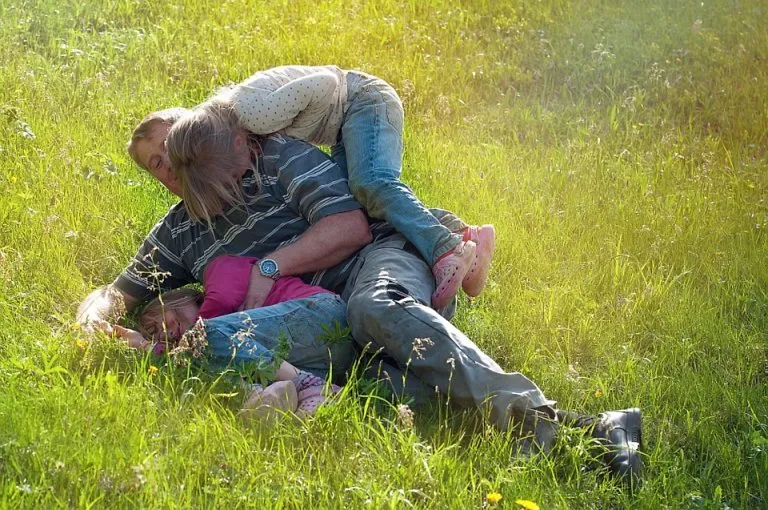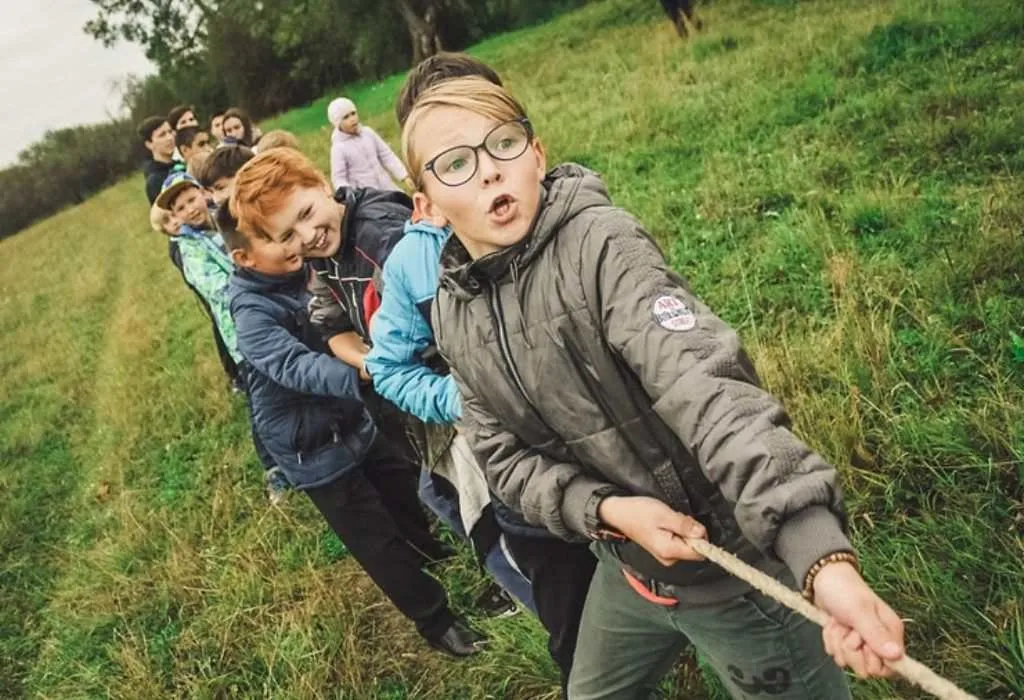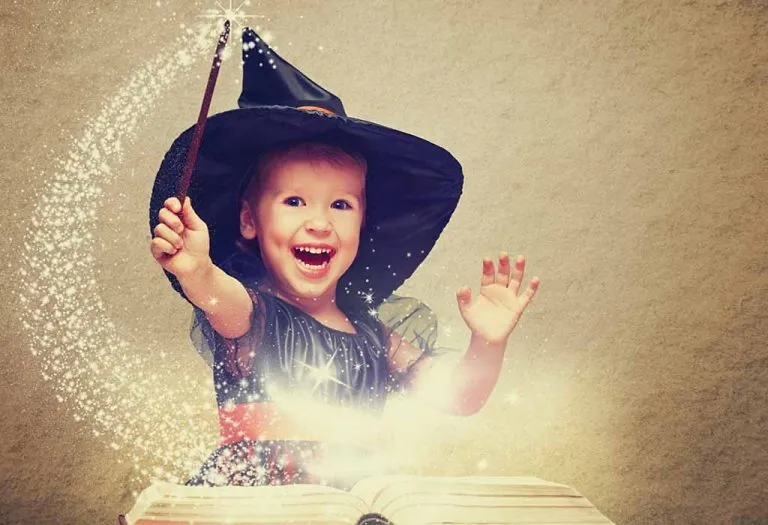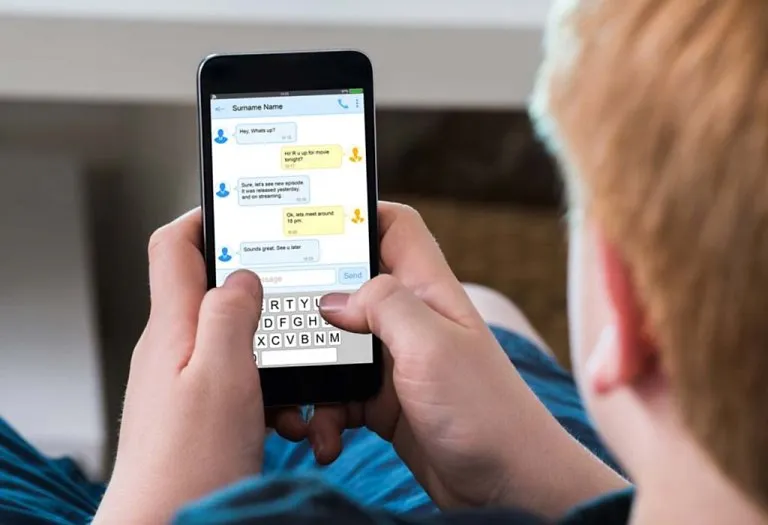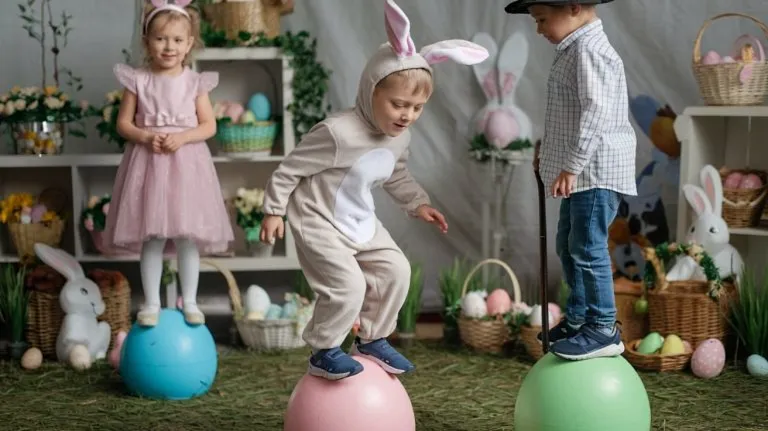Rough and Tumble Play for Pre-schoolers
This article talks about rough and tumble play. Read on to find out how it benefits your child and what you can do to ensure he doesn’t get hurt.
Haven’t we all at some point enjoyed wrestling with our kids? However, when it comes to a bunch of children indulging in such physical play, parents and teachers can get wary. Contrary to the popular perception, rough and tumble play comes with many social and physical benefits apart from it being a lot of fun for young ones. A few precautions will help you keep it safe for your child and his friends.
What is Roughhousing?
Kids enjoy playing rough and tumble, roughhousing or horseplay since their toddler-hood. As pre-schoolers they love to chase, catch, hug, wrestle, tag and fall on each other in piles. It often starts out at home with parents or siblings wrestling each other, and then moves on to involve other children.
Why is ‘Rough and Tumble’ Good for a Preschooler?
It is believed that rough and tumble play helps forge strong friendships in kids. It is a way of communication between children that says, ‘I want to play with you’.
It is a great way to let off steam. Preschoolers are bundles of energy. Such physical play helps them let off some steam to ensure a quieter and more relaxed time afterwards. It also teaches physical skills to growing children. Kids learn to manoeuvre their bodies and to control their actions. It helps children understand their own strength vis-a-vis other children, and sets up a strong to weak hierarchy.
It also helps develop empathy and emotional intelligence. Children learn to read non-verbal signals from friends. They learn to understand which of their actions are unpleasant to others.
How to Keep Rough and Tumble Play Safe?
Roughhousing works well when the kids are of the same age, build and energy levels. For instance a well-built three-year-old might be better suited to play with a five- year-old kid.
Keeping the group size small will ensure safety. Five or six kids together can often have safe fun. If the group gets too large, there is a danger of things getting out of hand.
Make sure an adult is around when the kids are playing. The kids may get over excited and cause injury without meaning to do so. Keep an eye out for one child getting targeted. Suggest a snack or water break to help them cool down. Ensure the kids are playing on a soft mattress, or on grassy surfaces that are free of stones, sticks and other objects which can hurt them.
Distinguishing Fight from Play
Rough and tumble play may sometimes deteriorate into a fight. You need to look out for signs of anger or injury among the kids. Children laugh and shout when they play but their facial muscles are relaxed. Angry children, on the other hand, clench their jaws and their facial muscles are taut.
Rough and tumble play is an essential part of the growing up years of children. With a few precautions it can be a lot of fun for kids.
Was This Article Helpful?
Parenting is a huge responsibility, for you as a caregiver, but also for us as a parenting content platform. We understand that and take our responsibility of creating credible content seriously. FirstCry Parenting articles are written and published only after extensive research using factually sound references to deliver quality content that is accurate, validated by experts, and completely reliable. To understand how we go about creating content that is credible, read our editorial policy here.





